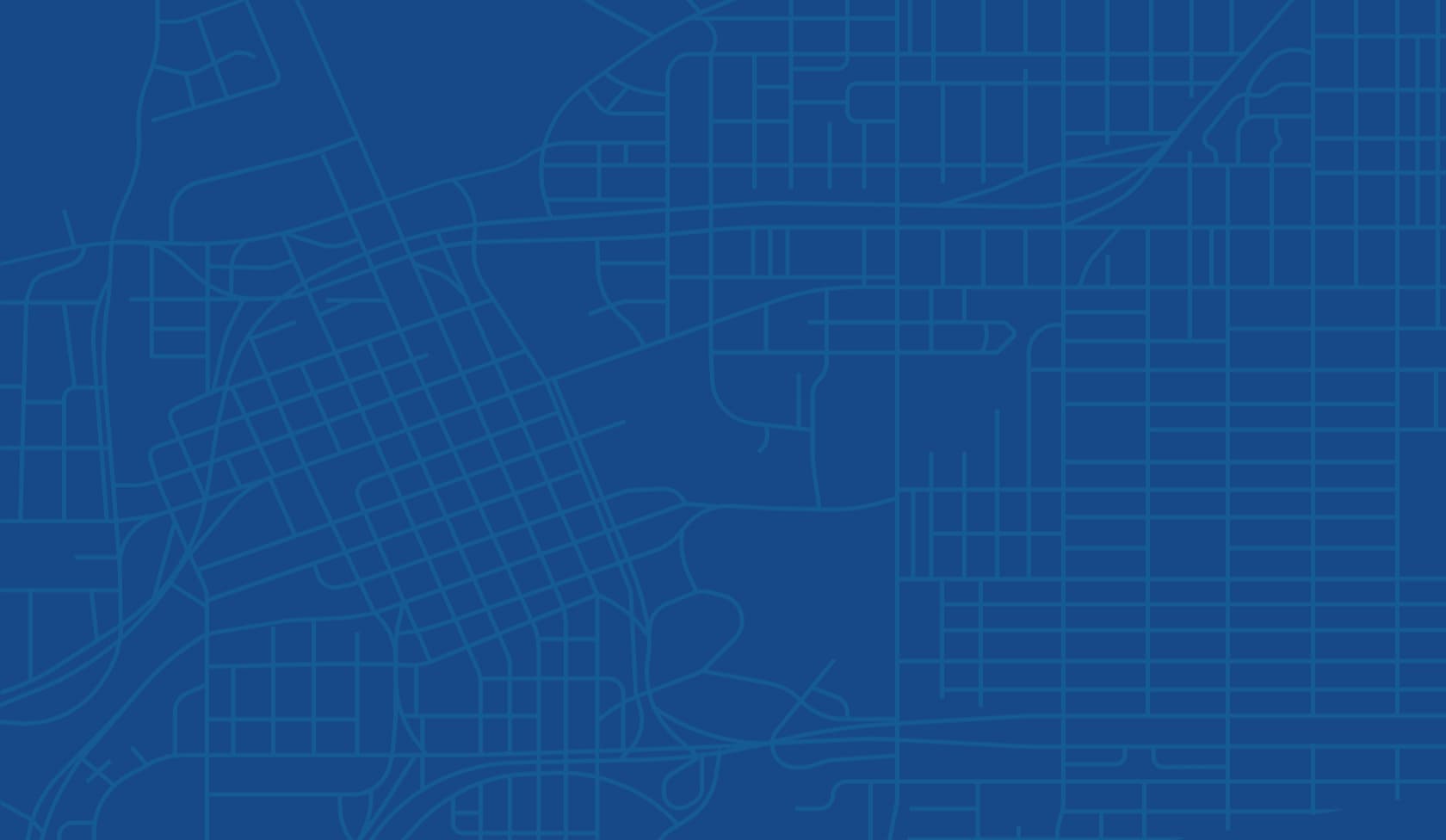Recently, navigating the complexities of the current real estate market is akin to riding a rollercoaster. One moment you're ascending, the next you're plunging downward at breakneck speed. Recent data from the housing sector reflects this reality, revealing a sharp decrease in housing starts and painting a picture of a market in flux. In fact, the number of new private housing units under construction plummeted by a staggering 22.3% from the same time last year. Despite the significant drop, on a month-to-month basis, starts managed a modest 2.2% increase in April.
While these figures may raise eyebrows, it is essential to remember that they are not merely statistics, but indicators of an evolving real estate market adapting to the current economic climate, marked by the Federal Reserve’s interest rate hikes. These hikes are part of a broader strategy to curb spending across the economy, a campaign that has not spared the national housing market.
The Effects of the Interest Rate Rollercoaster
The average 30-year fixed-rate mortgage, which began the year at just over 3%, had soared to over 7% by November. Since then, the rate has eased somewhat, dropping to 6.35% following a significant event in the banking sector. The rising mortgage rates have inevitably led to escalating costs for homeowners. Over the past three years, the median monthly payment for a new home mortgage has skyrocketed, reflecting the central bank's tightening measures.
In fact, the median monthly payment now sits at nearly $2,100, marking an increase of more than 85% from the levels seen in April 2020. This dramatic surge in mortgage costs has made home ownership an elusive dream for many, with a significant impact on home sales over the past year.
The Permit Prognosis
Permits to build new housing units, widely regarded as a gauge of future construction, also reflect the current market woes. The seasonally adjusted annual rate of new permits last month was 21.1% lower than the rate in April of the previous year, indicating a potential slowdown in the construction sector.
Signs of Stabilization?
Despite these daunting numbers, there are glimmers of hope. Builder confidence is showing signs of recovery, marking its departure from negative territory for the first time since July. This newfound optimism is being fueled by the growing role of new home construction in the marketplace. As mortgage rates rise, many homeowners are choosing to stay put, resulting in a limited supply of existing homes. This shift is putting pressure on builders to meet the growing demand for new construction, despite ongoing challenges.
Builder confidence, in fact, is rebounding from a recent low, reflecting an underlying resilience in the industry. After reaching a 35-year high following a period of low interest rates, it is once again on the rise, signaling potential stabilization in the sector.
Sales and the Housing Market Recession
The sales figures tell a more nuanced story. While new home sales saw an uptick in March, they are still significantly lower than the heights reached during the pandemic. The housing market is currently in what many economists would classify as a recession.
Sales of existing homes are also in decline, falling 22% year-on-year. The median price of an existing home in March was $375,700, marking a slight decrease from the previous year.
The Federal Reserve's Next Move
Following a recent increase in its interest rate target, many are looking towards the Federal Reserve's next move with anticipation. Despite the recent hikes, the expectation is that the Fed will pause any further increases at its next meeting.
The central bank's key overnight rate currently sits between 5% and 5.25%. These rates are the highest we've seen since 2007, just before the onset of the global financial crisis.


